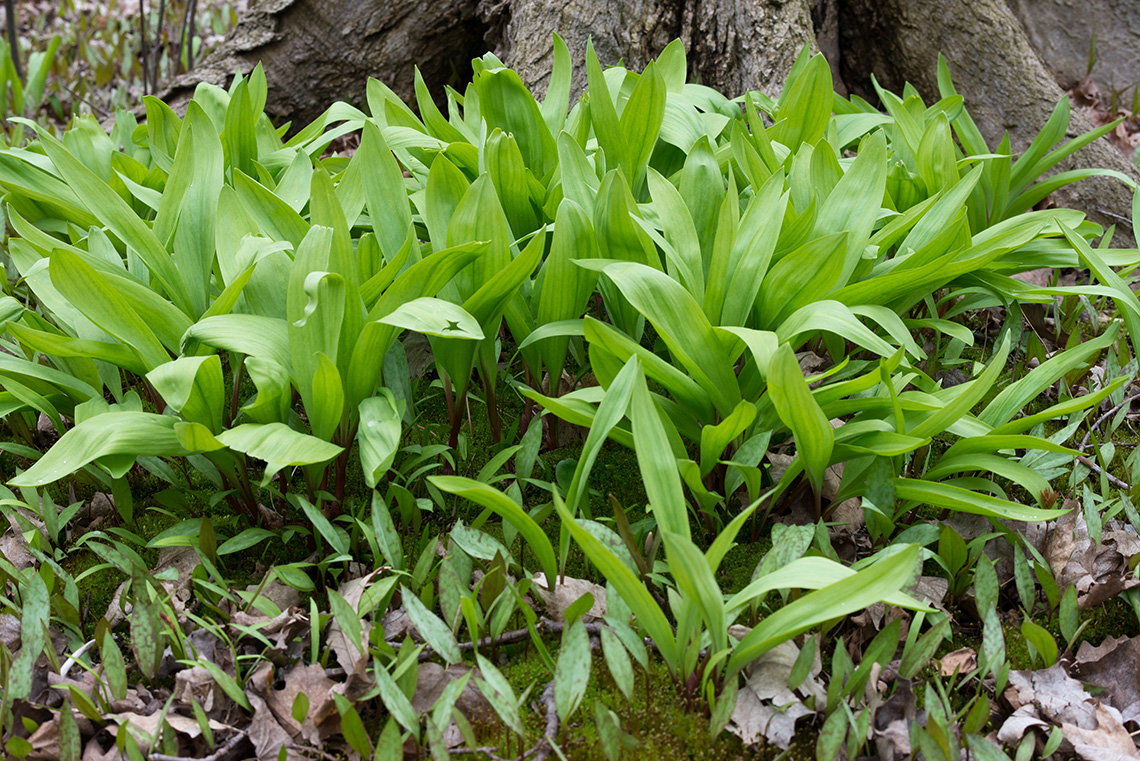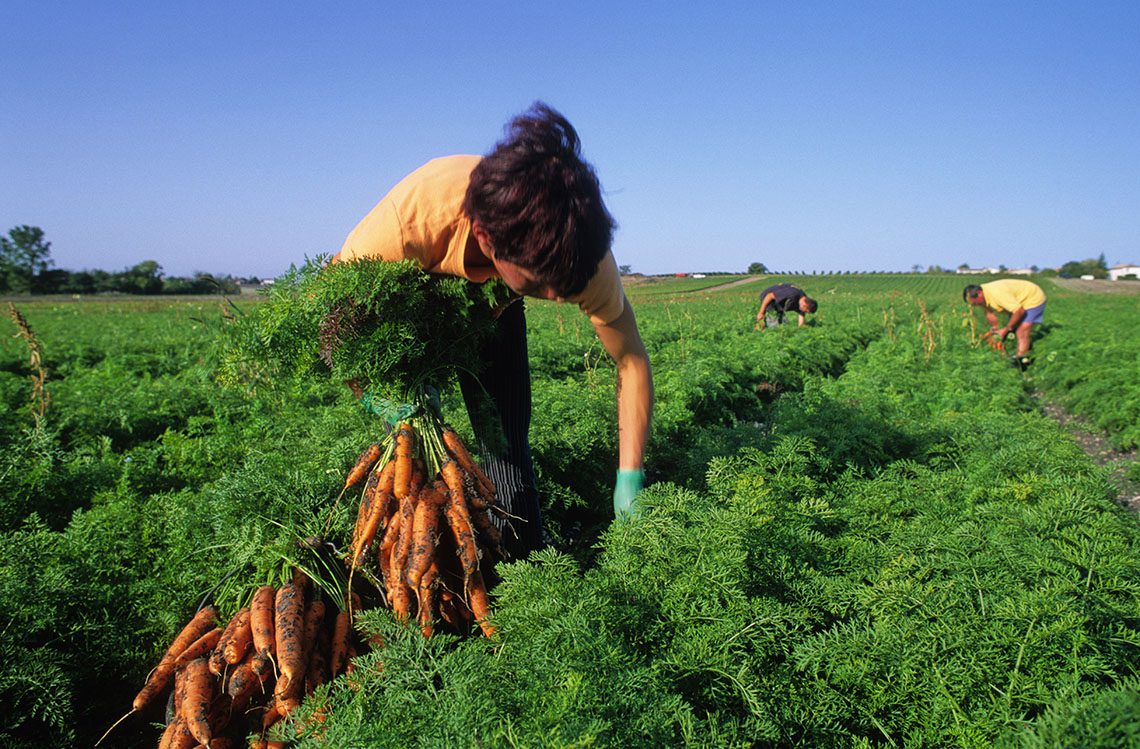Minds On
Interacting with the natural environment
Let’s explore a video in which we meet Quill, an Algonquin girl from Kitigan Zibi, Quebec. Quill hunts for wild garlic in the forest.
Brainstorm
My natural environment

How does the natural environment impact your daily life?
Record your ideas orally, digitally, in print, or in a method of your choice.
Action
Industries
Think about the following words:
- job
- career
- industry
What do you think each word means? What are the differences between these words?
Record your ideas orally, digitally, in print, or in a method of your choice.
Press Definitions to explore what each word means.
| Job |
A paid position that a person works regularly, part time or full time. The worker earns money at an hourly rate. |
|---|---|
| Career |
A paid position that a person works for a longer period of time in their life. The worker earns a salary and has opportunities for promotion. |
| Industry |
A group of related manufacturers or businesses that produce goods or sell services. |
Industry sectors
There are many industries in Canada. These industries are divided into four sectors:
| Primary industries |
First, economies extract natural resources and produce raw materials. |
|---|---|
| Secondary industries |
Second, economies process raw materials and manufacture finished products. |
| Tertiary industries |
Third, economies sell finished products and provide services. |
| Quaternary industries |
Fourth, economies communicate information and create entertainment |
Now, for each image of an industry, select the corresponding industry sector it belongs to:
- Why do you think banking is considered a part of the tertiary sector?
- Which industry sector do you think uses Canada’s natural resources?
Record your ideas orally, digitally, in print, or in a method of your choice.
Press Suggested Answers to access possible answers.
- Banking is considered a part of the tertiary sector because it sells financial product and services to customers.
- Canada’s natural resources are used by the primary sector.
Industry in Canada’s regions
We have learned about the four industry sectors and the types of industries found in each sector. Now, we are going to learn about the regions of Canada where industries operate.
Explore the following map of Canada’s political and physical regions.

Title: Map of Canada’s Political and Physical Regions. Map areas: 1. The Arctic Lands are the most northern physical region in Canada. It covers the northern parts of the Northwest Territories and Nunavut, as well as a small part of northern Yukon. 2. The Western Cordillera is the most western physical region in Canada. It covers most of the Yukon and British Columbia, as well as western parts of the Northwest Territories and Alberta. 3. The Interior Plains are the second most western physical region in Canada. It covers central Northwest Territories, most of Alberta, the southern halves of Saskatchewan and Manitoba, as well as small parts of eastern Yukon and British Columbia, and western Nunavut. 4. The Canadian Shield is the central physical region in Canada. It covers most of Quebec, Labrador, and northern Ontario, the northern halves of Saskatchewan and Manitoba, as well as the southeastern parts of the Northwest Territories and Nunavut. 5. The Hudson Bay Lowlands is a central physical region in Canada that is surrounded by the Canadian Shield. It covers part of northern Ontario, as well as small parts of southern Nunavut, northeastern Manitoba, and western Quebec. 6. The Great Lakes-St. Lawrence Lowlands is the most southern physical region in Canada. It covers southern Ontario, as well as small parts of southern Quebec and western Newfoundland. 7. The Appalachian Region is the most eastern physical region in Canada. It covers New Brunswick, Nova Scotia, Prince Edward Island, most of Newfoundland, as well as a small part of eastern Quebec.
When you are finished exploring the map, press each tab to access information about how that industry is connected to Canada’s natural resources.
| Industries | dairy, livestock, produce |
|---|---|
| Products | eggs, fruit, meat, milk, vegetables |
| Physical Regions | mostly in the Interior Plains and the Great Lakes-St. Lawrence Lowlands |
| some areas in the Western Cordillera and the Appalachian Region | |
| small areas in the Canadian Shield | |
| Political Regions | mostly in Alberta, Saskatchewan, Manitoba, Ontario, and Quebec |
| some areas in British Columbia, New Brunswick, Prince Edward Island, and Nova Scotia | |
| small areas in the Yukon, and Newfoundland and Labrador |
| Industries | aquaculture, fishing |
|---|---|
| Products | fish, produce, roe, shellfish |
| Physical Regions | mostly in the Western Cordillera (off of the Pacific coast) and the Appalachian Region (off of the Atlantic coast) |
| some areas in the Arctic Lands (off of the Arctic coast) and the Great Lakes-St. Lawrence Lowlands (along the St. Lawrence River) | |
| Political Regions | mostly in British Columbia, Nova Scotia, and Newfoundland and Labrador |
| some areas in Nunavut, Quebec, New Brunswick, and Prince Edward Island |
| Industries | logging |
|---|---|
| Products | lumber, paper products, pulp |
| Physical Regions | mostly in the Western Cordillera and the Canadian Shield |
| some areas in the Interior Plains and the Appalachian Region | |
| small areas in the Great Lakes-St. Lawrence Lowlands | |
| Political Regions | mostly in British Columbia, Ontario, and Quebec |
| some areas in Alberta, Saskatchewan, New Brunswick, and Nova Scotia |
| Industries | coal, natural gas, oil |
|---|---|
| Products | electricity, fuel, plastic |
| Physical Regions | mostly in the Interior Plains |
| some areas in the Appalachian Region (off of the Atlantic coast) | |
| Political Regions | mostly in Alberta |
| some areas in Saskatchewan, Nova Scotia, and Newfoundland and Labrador | |
| small areas in Manitoba |
| Industries | gems, minerals, metals | |
|---|---|---|
| Products | diamonds, gold, gravel, nickel, potash, sand, uranium, zinc (and many others) | |
| Physical Regions | Metal mining | the Western Cordillera and the Canadian Shield |
| Non-metal mining | mostly in the Great Lakes-St. Lawrence Lowlands and the Appalachian Region | |
| some areas in the Western Cordillera, the Interior Plains, and the Canadian Shield | ||
| Political Regions | Metal mining | the Yukon, British Columbia, Saskatchewan, Manitoba, Ontario, and Quebec |
| Non-metal mining | mostly in Ontario, Quebec, New Brunswick, and Nova Scotia | |
| some areas in British Columbia, Alberta, Saskatchewan, and Newfoundland and Labrador | ||
| small areas of the Yukon, the Northwest Territories, and Prince Edward Island | ||
Industries in Canada’s physical regions
Choose two industries in Canada to compare and complete the Industries and Physical Regions activity in your notebook, in the following fillable and printable documents, or in a method of your choice.
Use the information from the tabs above if you need help. You can also do some independent research. Begin your search by exploring government websites, the Canadian Encyclopedia, or resources created by the Royal Canadian Geographical Society.
| Indicate the two industries that you are comparing and record answers to the following questions. | ||
| Industry | 1) (Blank) | 2) (Blank) |
|---|---|---|
| What does this industry produce? | ||
| In which physical region(s) of Canada does this industry operate? | ||
| How does this industry relate to the physical region(s) where it operates? | ||
Press the ‘Activity’ button to access Industries and Physical Regions.
Consolidation
Sharing information about Canada’s industries
Now that we have learned about the industries in Canada, choose one industry to share information about.
Think of a creative way to present information about the physical region you have chosen. You can create:
- an audio or video recording
- a brochure
- a collage or drawing
- a flyer or poster
- a slide show
- another method of your choice

Use the information about Canada’s industries from this learning activity to make your presentation. As you make your presentation, consider the following questions:
- What natural resources does this industry use?
- Where are these natural resources found in Canada?
- Does this industry operate everywhere these natural resources are found in Canada? Why or why not?
Sharing information checklist
Make sure that you include the following information:
Reflection
As you read through these descriptions, which sentence best describes how you are feeling about your understanding of this learning activity? Press the button that is beside this sentence.
I feel...
Now, record your ideas using a voice recorder, speech-to-text, or writing tool.



